Reforming Seattle’s Single Family Zoning: Three Truths:
Truth 1) We& #39;ve outgrown the urban village strategy.
Truth 1) We& #39;ve outgrown the urban village strategy.
It has been a great success for locating 80% of the housing built over the last 20 years in proximity to transit, but we can& #39;t expect the same 6% of land to house the next generation of Seattleites--at least another 100,000 people by 2040. (Seattle Planning Commission)
2/
2/
Urban villages are too small, too few, and the edges are highly contested because we’ve struck such a stark line between what is allowed inside or out. It is a equity issue now, and will get much worse. (image is of relative density across UV boundary street)
3/
3/
A piecemeal, incremental expansion of current urban villages is asking for street fights with every neighborhood association, and will not achieve nearly the results we need to address our future needs (redline was pre-MHA UV boundary) 4/
I laud the Planning Commission& #39;s recent report for looking beyond the 20 year old model:
https://www.seattle.gov/Documents/Departments/SeattlePlanningCommission/GSFinalOnline6.15.20.pdf">https://www.seattle.gov/Documents...
5/
https://www.seattle.gov/Documents/Departments/SeattlePlanningCommission/GSFinalOnline6.15.20.pdf">https://www.seattle.gov/Documents...
5/
If we only look at the Frequent Transit Map, it includes a surprisingly large majority of Seattle& #39;s SF zones so it is tempting to start there, but it still doesn& #39;t include the whitest, richest neighborhoods (dark areas have frequent transit) :
6/
6/
Using transit as the baseline for any change to zoning just continues to segregate access to exclusive neighborhoods and concentrate the environmental impacts of arterial traffic on those who can& #39;t afford a detached house.
7/
7/
Urban village expansion shouldn& #39;t be our starting point, but an overlay on top of a baseline rework of SF residential zoning. Minneapolis 2040 did both, and is an example of finer grain urbanism.
8/
8/
Truth 2) Designing a residential zone that creates opportunity for a broad spectrum of housing types at higher compatible, density should be the goal, not & #39;banning& #39; or & #39;eliminating& #39; SF zones. I looked at some changes here:
https://www.theurbanist.org/2020/04/16/nine-totally-necessary-evolutionary-changes-for-seattles-residential-neighborhoods/
9/">https://www.theurbanist.org/2020/04/1...
https://www.theurbanist.org/2020/04/16/nine-totally-necessary-evolutionary-changes-for-seattles-residential-neighborhoods/
9/">https://www.theurbanist.org/2020/04/1...
This is an opportunity--it certainly has been for us as architects. We& #39;ve been designing creative urban housing, using #RSL  https://abs.twimg.com/hashflags... draggable="false" alt=""> and #ADU /DADU reforms which can easily be integrated into neighborhoods.
https://abs.twimg.com/hashflags... draggable="false" alt=""> and #ADU /DADU reforms which can easily be integrated into neighborhoods.
10/
10/
Truth 3) Creating opportunity across the city depressurizes the demand in the neighborhoods that are most vulnerable to economic displacement and gentrification.
11/
11/
It may seem obvious, but the way to address the dislocation of BIPoCs is to quit zoning their land so that it is favorable to development, relative to other more affluent areas.
12/
12/
Studies have shown that when your open capacity in more well off areas, new denser development will likely happen there.
(see section on Regional Variation in this one)
https://escholarship.org/content/qt8gh2x0tj/qt8gh2x0tj_noSplash_48aafd52c10a0354f52809541d04dd09.pdf?t=qcqo9r
13/">https://escholarship.org/content/q...
(see section on Regional Variation in this one)
https://escholarship.org/content/qt8gh2x0tj/qt8gh2x0tj_noSplash_48aafd52c10a0354f52809541d04dd09.pdf?t=qcqo9r
13/">https://escholarship.org/content/q...
If we continue to zone development capacity based solely on transit access, and design transit access around areas needing economic investment, we will see gentrification as a natural function of the market.
14/
14/
Frankly, we need to put less expensive housing where we have more expensive housing, so we can protect the least expensive housing from gentrification.
The next generation of development has to be distributed across the city, not just inside urban village boundaries.
end
The next generation of development has to be distributed across the city, not just inside urban village boundaries.
end

 Read on Twitter
Read on Twitter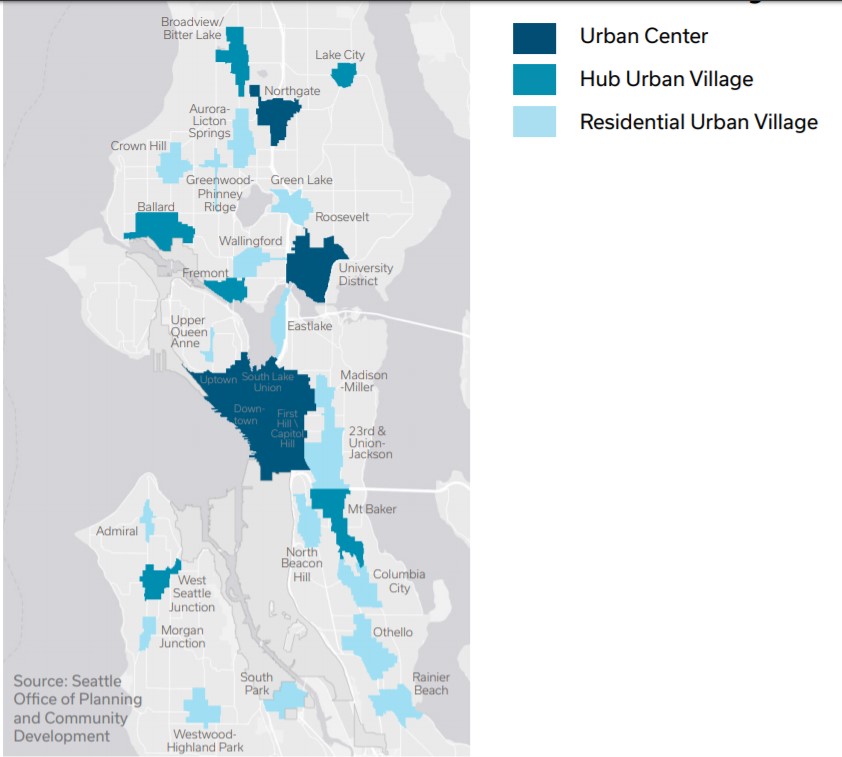
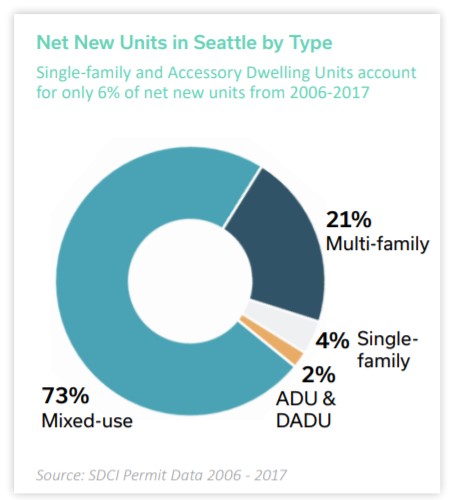
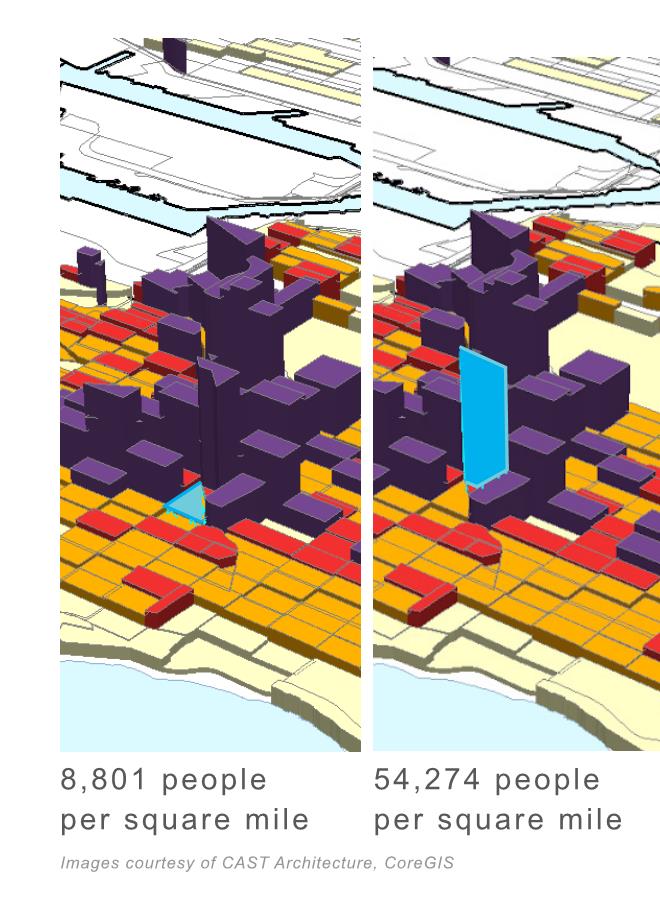
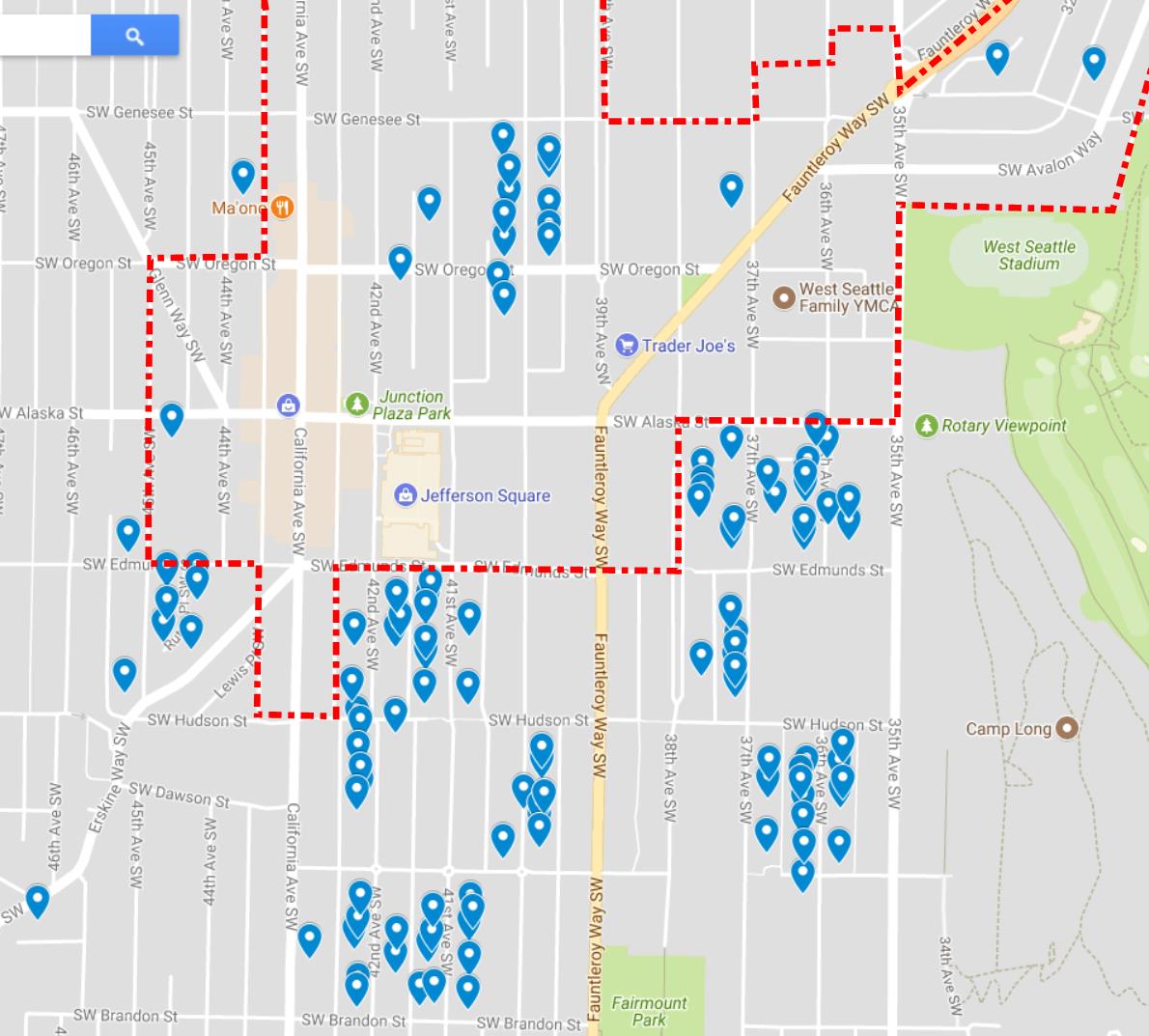
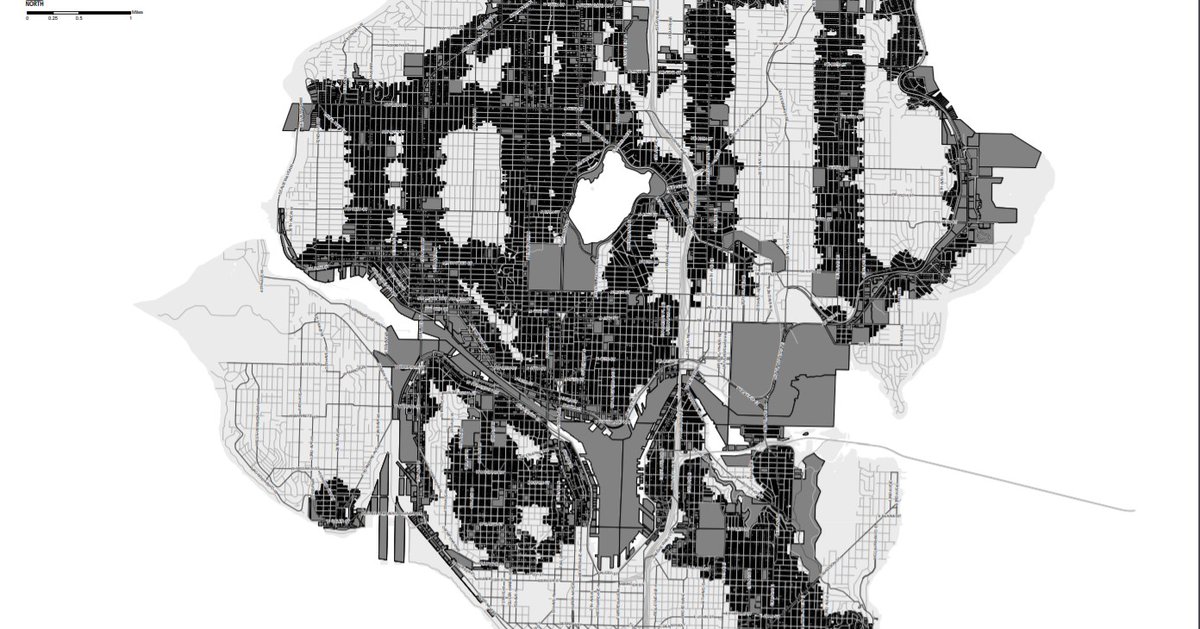
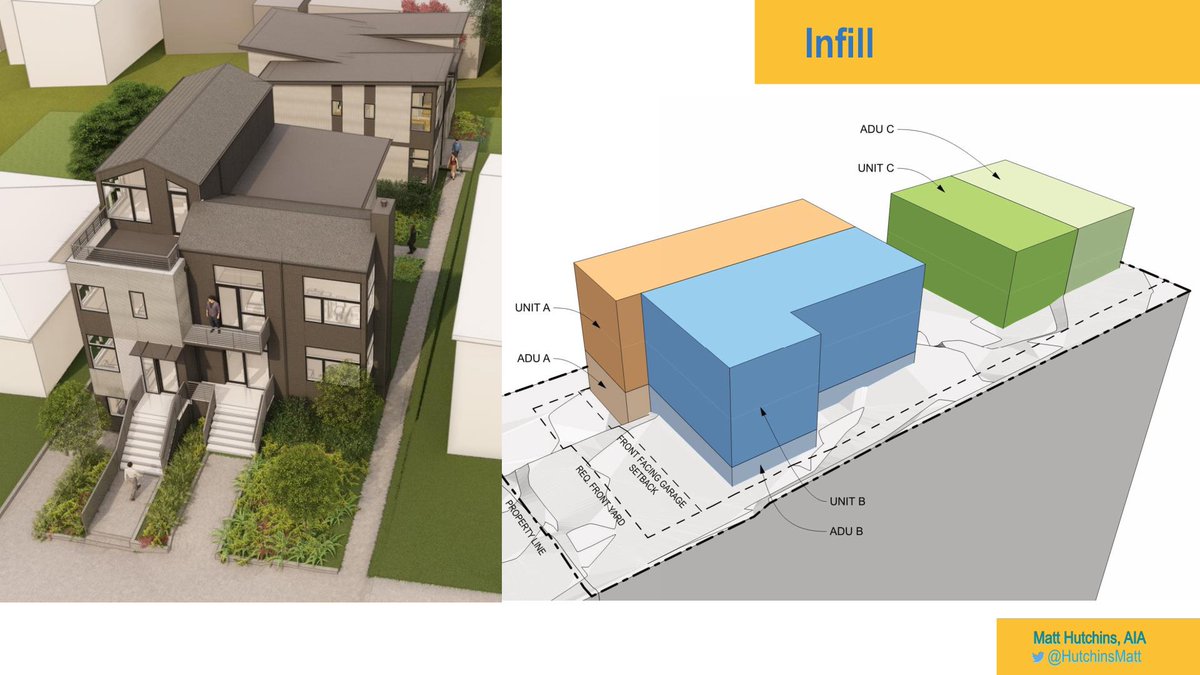 and #ADU /DADU reforms which can easily be integrated into neighborhoods. 10/" title="This is an opportunity--it certainly has been for us as architects. We& #39;ve been designing creative urban housing, using #RSL https://abs.twimg.com/hashflags... draggable="false" alt=""> and #ADU /DADU reforms which can easily be integrated into neighborhoods. 10/" class="img-responsive" style="max-width:100%;"/>
and #ADU /DADU reforms which can easily be integrated into neighborhoods. 10/" title="This is an opportunity--it certainly has been for us as architects. We& #39;ve been designing creative urban housing, using #RSL https://abs.twimg.com/hashflags... draggable="false" alt=""> and #ADU /DADU reforms which can easily be integrated into neighborhoods. 10/" class="img-responsive" style="max-width:100%;"/>


